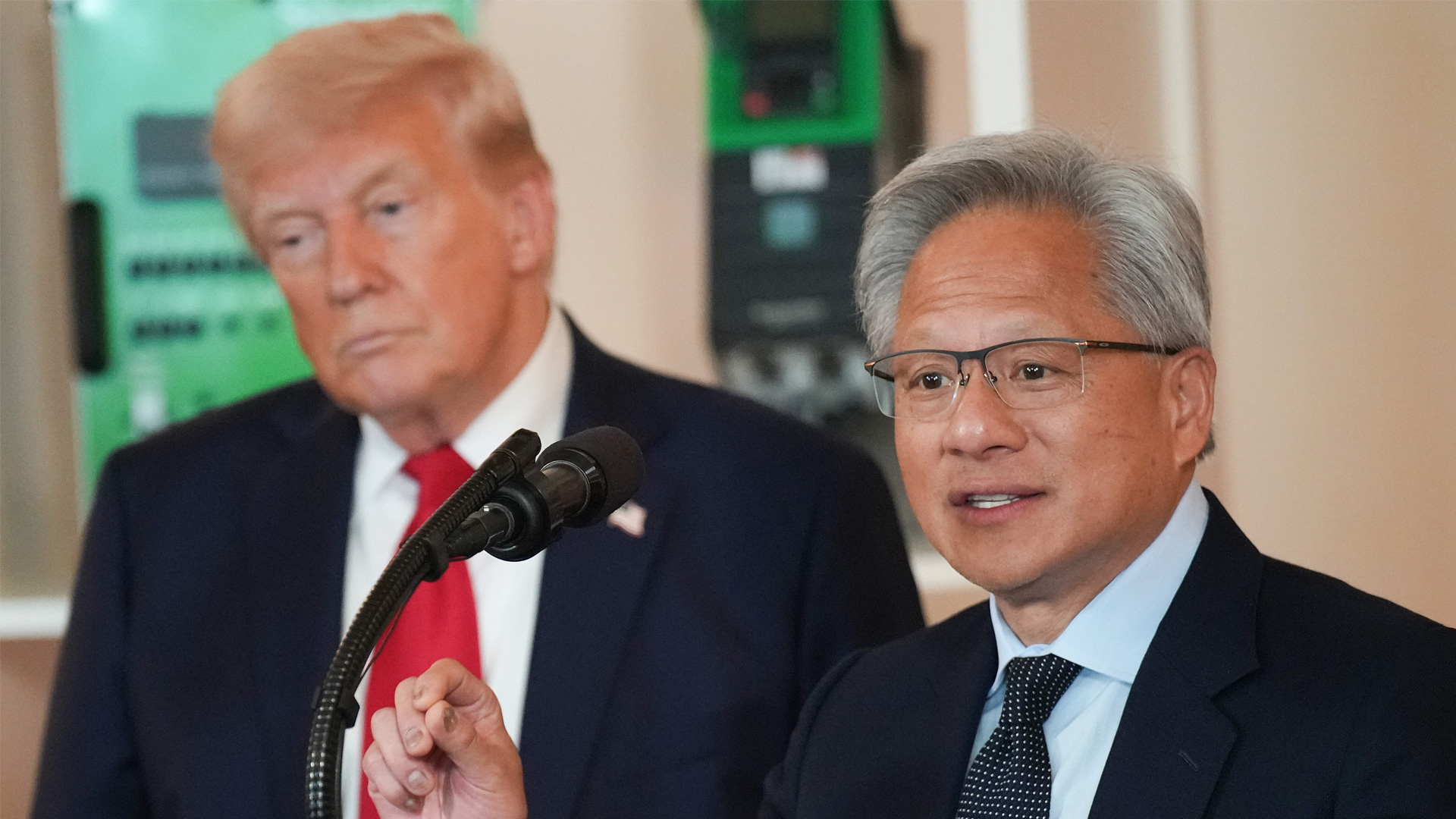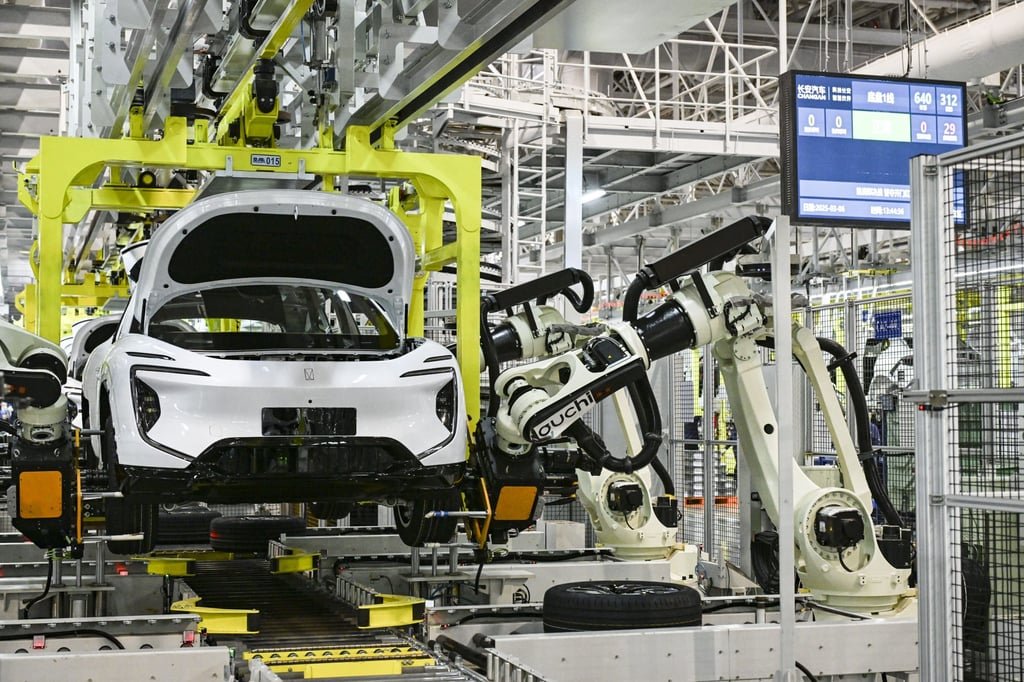Intel CEO Lip-Bu Tan is reportedly set to visit the White House on Monday, following President Trump’s call for his resignation last week and probes into his connections with China, as revealed by The Wall Street Journal
Intel has endured a torrid run of form lately. From faltering business performance to a gloomy outlook for its future nodes, the American powerhouse is under major scrutiny that it can’t seem to escape. Most recently, Intel’s CEO Lip-Bu Tan was probed by a U.S. Senator over his ties to China—which Tan addressed—after which President Trump called for his resignation. Now, the situation has escalated to the point where even Intel’s board is reportedly at odds with Tan.
According to the report, Tan will be going to the White House today to meet President Trump. The purpose of the visit is clear: to elucidate recent developments and assure the U.S. government that both Tan and Intel are fully committed to the nation’s goal of semiconductor independence, with no security concerns to worry about. Tan, who previously served as CEO of Cadence—the company recently found guilty of selling trade secrets to China— has invested heavily in some 600 Chinese firms, some linked to the Chinese military.
Tan will reportedly discuss both his personal and professional background, explaining his stance on the state’s stringent anti-China tack. Intel’s fabs are some of the only American equivalents to giants like TSMC that can potentially compete with the East. Last year, Intel received $8 billion through the CHIPS Act to keep its manufacturing facilities running and prevent them from being spun off. Tan will likely emphasize the connection between these fabs and national security in front of Trump, while also outlining other ways the two could collaborate to strengthen America’s chipmaking prowess

This development follows recent tariff exemptions granted to companies like Apple in exchange for promises to manufacture products in America. Trump has stated he’ll impose a 100% tariff on semiconductor companies that don’t produce their chips domestically. Moreover, it was recently reported that the White House is enacting a new 15% revenue cut on AI GPU sales to China, demanding Nvidia and AMD share revenue with the state. This, however, doesn’t affect Intel, as it is largely focused on the CPU market. If true, however, it would show the government’s no-compromise and no-holds-barred position on working with Beijing.
Intel has had a tough couple of years. The company has lost half of its valuation, dropping from $200 billion to just $100 billion in less than 20 months. It is also planning to shed 25% of its workforce, has slowed the development of its Ohio plant, and spun off non-critical divisions to cut costs. Intel—a legacy firm whose dominance predates AMD and Nvidia’s explosive ascent over the past decade—still holds the edge in CPU market share due to its extensive history, but now finds itself on the cusp of another major administrative hurdle.
Follow Tom’s Hardware on Google News to get our up-to-date news, analysis, and reviews in your feeds. Make sure to click the Follow button.
Get Tom’s Hardware’s best news and in-depth reviews, straight to your inbox.





